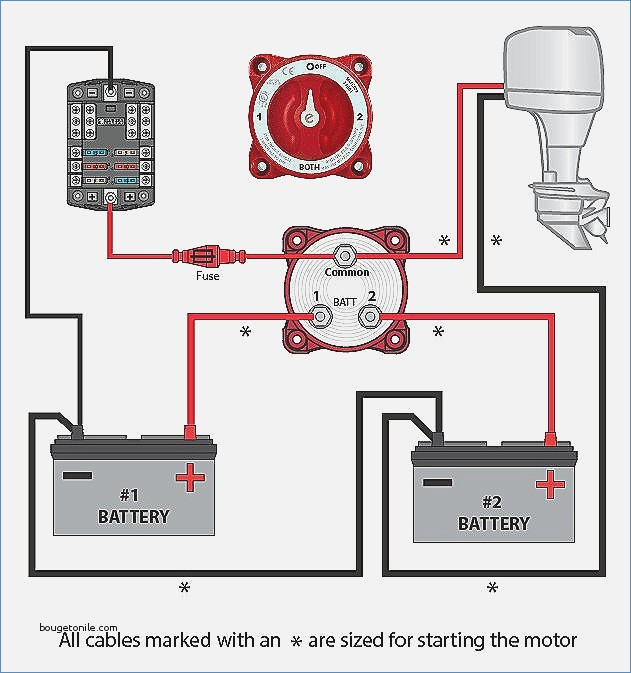

If you think you will be draining one more than the other for some reason (big sound system or power inverter while the engine is turned off), choose one battery for that purpose, and leave the other dedicated for starting the truck, and every other OEM power need.

I would say that you should definitely plan on using a battery isolator if you are planning on dual batteries.

I do not think this was useful to you at all, but felt the need to share the story of my shrine to automotive wiring overkill.did I mention all this battery wiring was done with 2/0 welding wire.? The semi battery was wired through the second solenoid so I could kill the A/V system juice when I wanted to make sure that it was off as well.Ībout the time I got all these modifications done, gas jumped over $2 a gallon, so I stopped driving it, and got rid of it a few years got 8 miles to the gallon.yes, 8 (at $2 a gallon it cost me $40 to drive it 100 miles).and that was double what it got before I upgraded to a header/dual exhaust system with AeroTurbine mufflers with 3" pipes.LOUD!!! I even ran a bunch of relays to a trigger switch so that with a single flip I could change the lights from my custom use controls (extra flood lights, extra tail lights, grill guard mounted flood and spot lights) back to the original emergency flashing controls within the center console. The lighting deep cycle battery was wired to one of the solenoids so that I had a remote switch in the center control console to kill all lighting power when I parked somewhere (there was a TON of lights on this thing and wanted to make sure that everything was off with one switch). The starter battery was wired directly to the starter and nothing else, save for the isolator for charging it (I figured I could manually use jumper cables to one of the other batteries in the rare occurrence that my starting battery was dead - that never happened). I then swapped the dual output isolator for a three output model to accommodate the extra battery.

I purchased a 900 cold cranking amp battery for starting the truck, and an Optima yellow top deep cycle for the vast lighting and existing external PA system (awesome for venting road rage by the way.) I chose to add a third battery, (this time a LARGE one that they put in semi rigs) and place that within one of the bays of the ambulance body - This one was to power the extensive A/V system that I had planned for back there. The ambulance came with worn out dual batteries along with dual 300amp constant duty solenoids, and a dual output battery isolator. I used to have a former NYC EMS ambulance (Chevy C30) as a work truck, and I completely re-wired everything from batteries to emergency lighting and here is what I did with the batteries. So, you just wired up a relay and a switch to turn on the solenoid? I really like the idea of being able to bridge them with the solenoid. Solenoid Relay Switch Continuous HD Duty 300 Amp | eBay So, you've got the continuous duty solenoid, something like this? Oh, and what about the "excite" terminal.do we need to worry about this? I know we've got internal regulated alternators, but I'm no electrician (makes my head hurt!). My situation is a little more complicated, too, as I've got a CS-144 alternator in my truck now, too, so I wanted a few more amps supported on the isolator. So, what isolator did you go with? I have been looking at these I see you've got the same truck I do, I believe (2000 SR5 4WD). The solenoid is just to link the batteries together if you ever need to self jump and is hooked up to a switch in the cab. The isolator is hooked up to the alternator and will split the charge between the 2 batteries when the alternator is running.


 0 kommentar(er)
0 kommentar(er)
